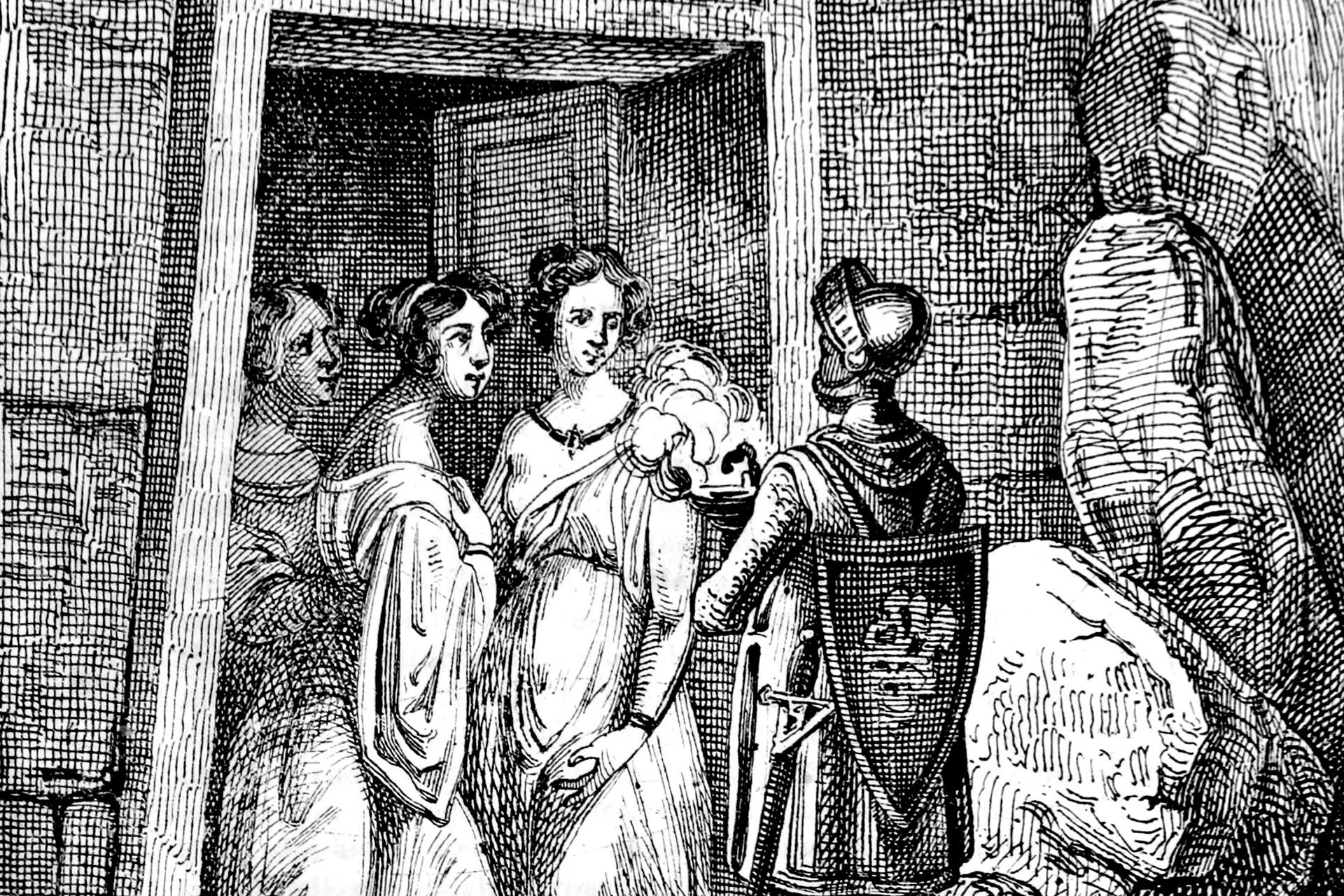The Sibillini Mountains that stretch between Umbria and the Marche, are a mountain range named after Mount Sibilla, particularly famous for the fact its peak is home to the cave of the same name which, according to legend, is the home or shelter of Sibilla, the Apennine Sibyl.
This mythological figure is at the centre of several stories and popular beliefs: fascinating and mysterious, over the centuries she has been described and recounted in many different ways, leading to suggestions that still arouse interest and curiosity to this day.
The Apennine Sibyl
The Apennine Sibyl, also known as Sibilla Picena or Sibilla di Norcia, has been a character of the folklore since medieval times. She is described as a sorceress or fortune teller, the queen of an underground world that you enter through a cave named after her. Some of the tradition describes her without any negative connotations, like a fairy, an expert of medicine and astronomy, or a priestess who offers prophecies and sees the future. Her prophecies were expressed in a twisted and complex language, making them very often difficult to interpret. While some of the popular stories that have been handed down to date depict her as a negative character, a witch or even a rival of the Virgin Mary and for her very demon-like essence, was isolated and imprisoned in a cave.
The cave and the queendom of Sibyl
Sibyl is also known for the stories and legends about her queendom that can be accessed from the cave of Mount Sibilla, of which only a mound of rocks hidden by thick vegetation remains today.
This cave is also called the Grotta delle Fate (Cave of the Fairies) because Sibyl is often described as being surrounded by these female characters: beautiful, draped in loose clothing to cover their goat hooves, that helped them easily navigate the mountains, but had to be kept strictly hidden from humans.
According to legend, the fairies would only come out at night and would go back to the cave before dawn to avoid being banished from the queendom. In the darkness they would go to Pilato Lake and the surrounding villages, they would teach young women the art of spinning wool and they would meet young shepherds.
This belief is therefore intertwined with stories of cursed love stories: the men who met these fairies would be taken away from their world and forced to live for eternity in Sibyl’s queendom.
These figures became the object of the preachings of priests and monks and were often demonised, so the stories of these evil and enchanting beings became part of the narrative which, for several centuries, justified burnings at the stake, hangings and torture.
There are two main works in literature that talk about the Legend of Sibyl, both date back to the fifteenth century: “La Salade” by Antoine de la Sale and “Il Guerrin Meschino (Wretched Guerrin)” by Andrea da Barberino.











Follow us on the socials